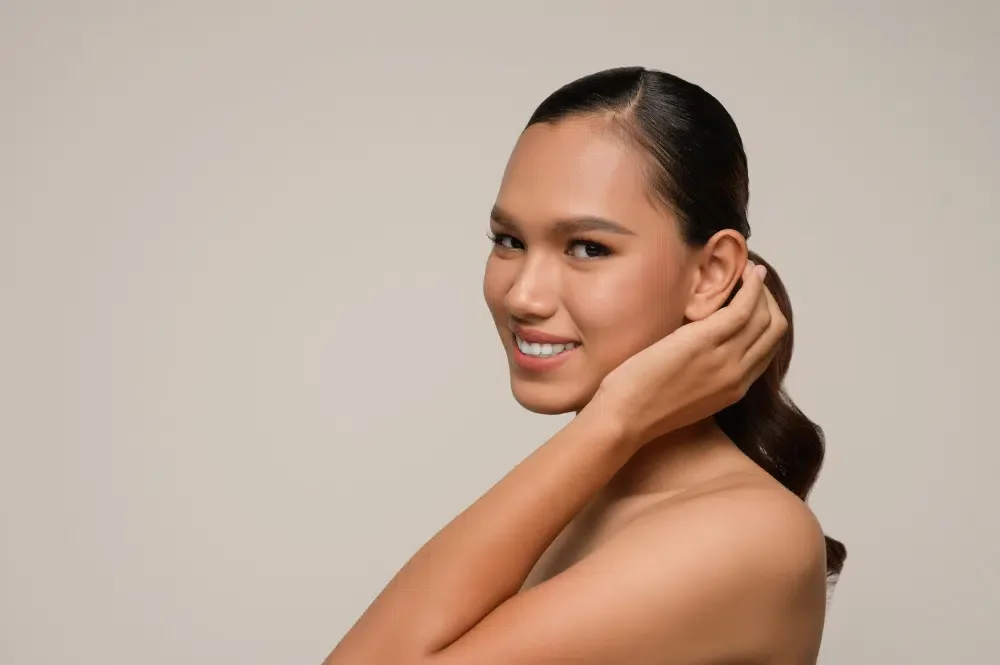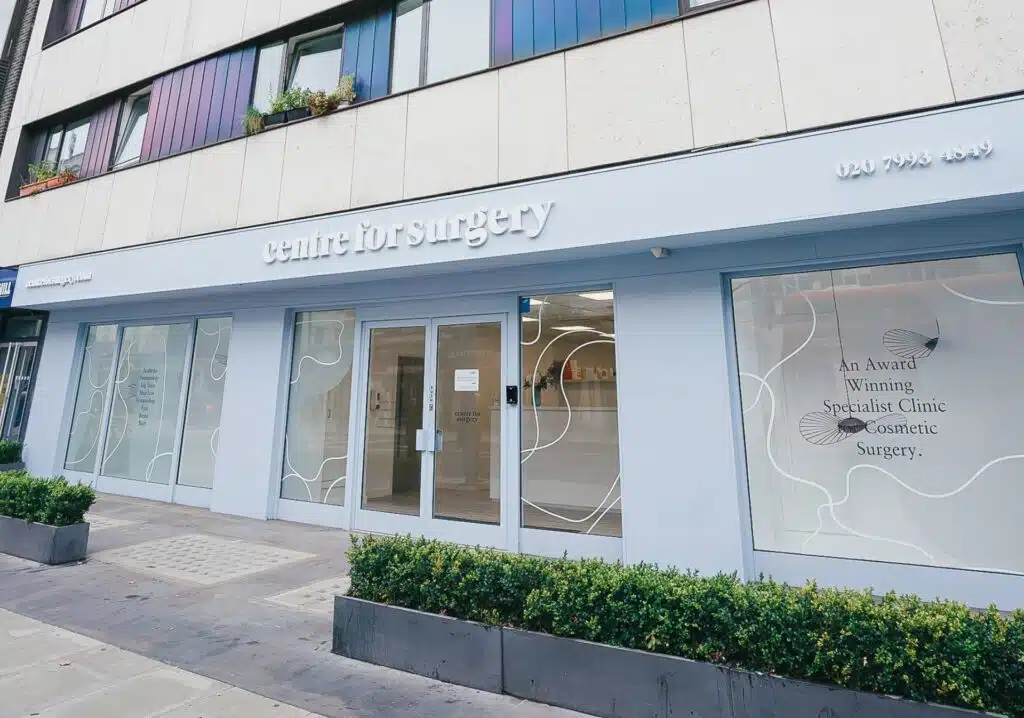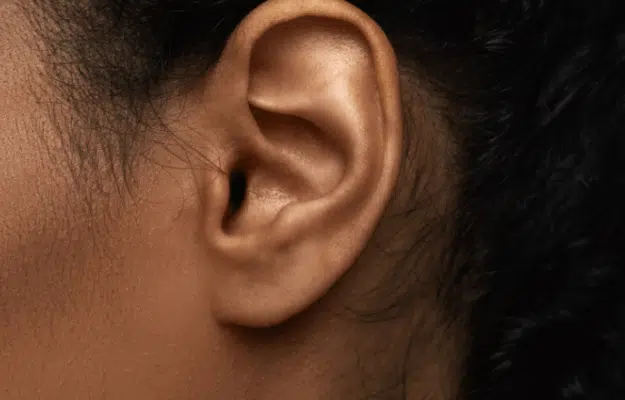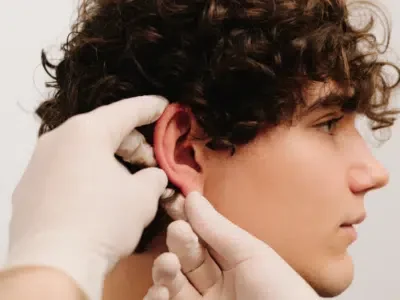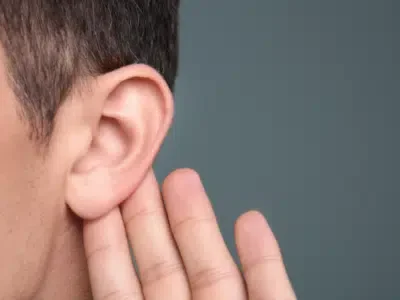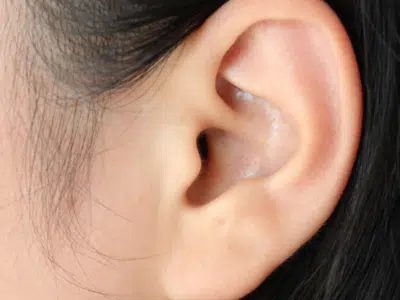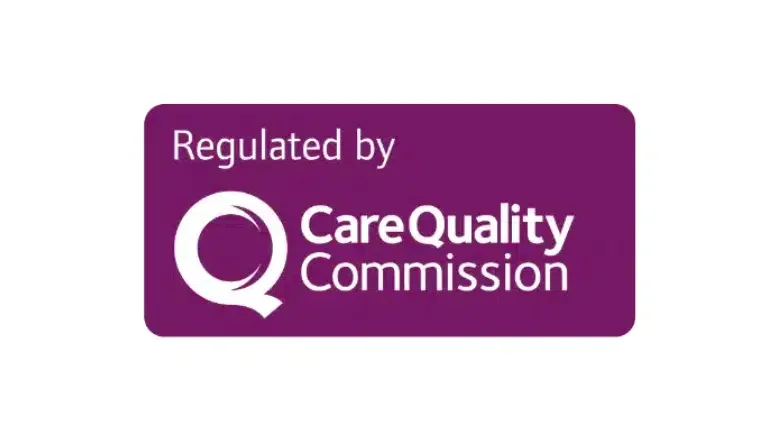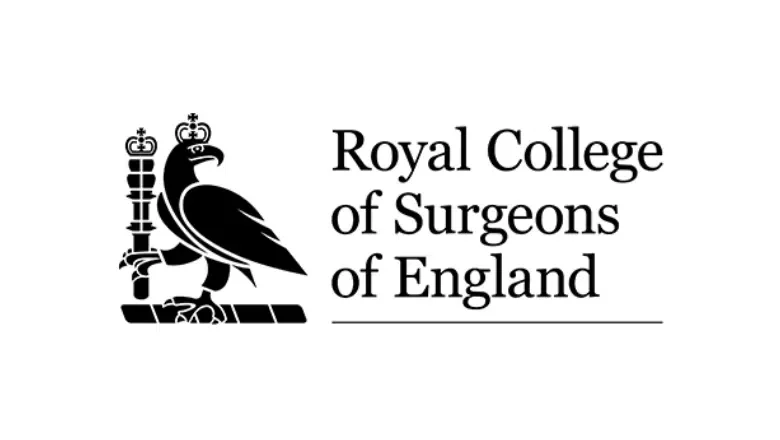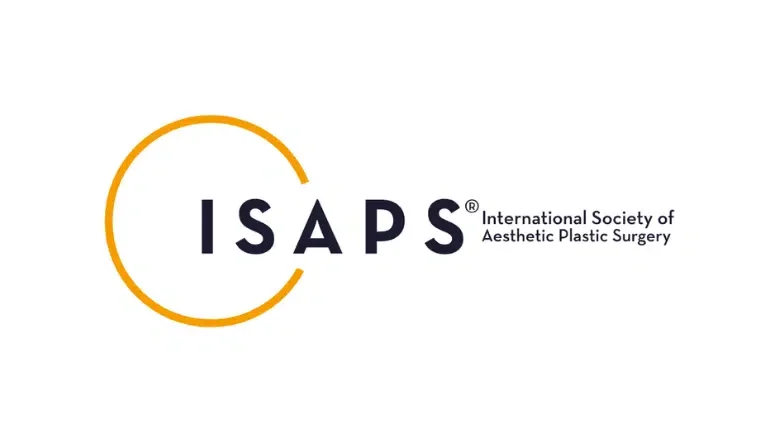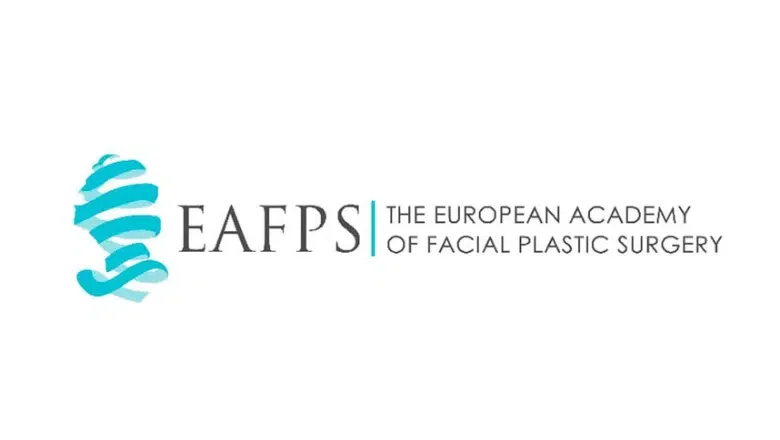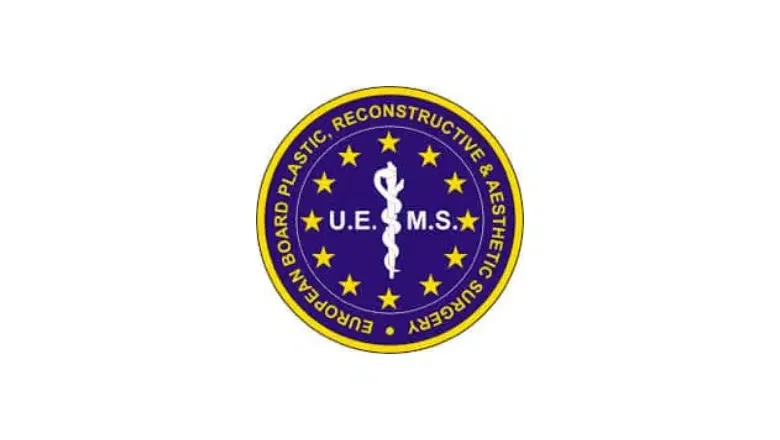The ears are responsible for hearing and balance and are key special senses along with vision, touch, taste, and smell, without which everyday life would be very difficult. Despite a wide variety of different ear shapes, the sense of hearing allows us to perceive sounds of various frequencies and amplitudes. The sense of balance is another critical function of the ears, and certain ear infections often result in dizziness or vertigo. In winter, many types of viral infections can affect the ears, resulting in nausea and sickness. Hearing loss becomes a concern if certain conditions are inadequately treated. The appearance of the ears generally bothers most people rather than its function, and certain types of ear shapes may lead people to seek corrective surgery to improve their structure.
Protruding ears are a common source of embarrassment, particularly for children, which may result in teasing at school. Misshapen ears can be related to genetics or two traumatic injuries and may require reconstructive surgery for adequate correction. Although misshapen and protruding ears are not linked with any serious medical condition, they can significantly lose self-confidence for many people. Fortunately, corrective surgery in the form of otoplasty or pinnaplasty is a highly effective solution to reshape the ears and boost self-confidence and emotional well-being.
RELATED: What is ear pinning?
What are the different ear shapes?
In common with other facial features such as the nose, the ear comes in a wide variety of different shapes, and all may be considered as a variant of normal. The primary function of the ears involves hearing and balance; when these are intact, the ears can be regarded as healthy. Certain types of shapes may cause concern for many people who may be unhappy with the appearance of their ears. Common ear shapes typically found in the UK population include:
- Pointy ears
- Square ears
- Broad ears
- Protruding ears
- Earlobes that appear excessively attached to the head and are also known as pixie ears
- Overly large earlobes
When certain ear shapes have a prominent appearance, they may result in a loss of balance with the overall facial features. Many people with protruding ears are perfectly happy with their appearance and are not concerned about their appearance. King Charles is a well-known public figure known to have protruding ears. In some instances, people will be acutely aware of the appearance of their ears and wish to improve how they look. Children with protruding ears can often be bullied at school, and it may be medically advised to have a corrective otoplasty procedure in childhood to address this.
What are protruding ears?
Of all the different types of ear shapes, protruding ears remain the most common ear shape that people desire to have corrected. Protruding ears are defined as sticking out from the side of the head by more than 20mm. Most people with protruding ears have them from birth, with traumatic injury being an uncommon cause of protruding ears. Ears that stick out are often because of an abnormal cartilage structure, which may include:
- Antihelical folds that have failed to undergo full maturation
- Extra cartilage found in the conchal bowl
- Both types of cartilage abnormalities may occur in the same ear.
Protruding ears can often be treated successfully without surgery the earlier they are detected in the early months after childbirth. For babies up to 6 months old, specialised moulded inserts known as ‘Ear Buddies’ may be used to correct a wide variety of misshapen ears without invasive surgery. They are kept in place with tape for up to 8 weeks. After six months of age, the ability to correct abnormal ear shapes becomes less effective with non-invasive techniques, and otoplasty surgery may become necessary. Any surgery is best undertaken once children have reached six years of age, just before they start primary school.
RELATED: Benefits of Otoplasty surgery
What is the best way to correct misshapen ears?
A consultation with a specialist surgeon with expertise in otoplasty surgery is the best approach for people who would like to improve the shape of their ears. Otoplasty surgery, also known as pinnaplasty, is designed to surgically alter the size, position or shape of the ears. The surgery can be carried out on one or both ears. Any corrective ear surgery is usually delayed until children have reached the age of six as, by this time, the ears will have undergone full growth and development. Adults of all ages may be suitable for otoplasty surgery to correct misshapen ears.
Otoplasty may be appropriate when it is felt that the ears are excessively large compared to the rest of the facial features. Certain types of ear shapes may have an irregular appearance, often from a previous traumatic injury such as a cauliflower ear and may require reconstructive surgery. Otoplasty surgery takes approximately two hours, and any incisions are positioned in the natural skin folds of the ear to minimise the appearance of scars. Having pinnaplasty surgery with a specialist plastic surgeon at Centre for Surgery can ensure you get the best possible results.
Can protruding ears be corrected?
Of all the different types of ear shapes, protruding ears are one of the most common reasons to seek specialist attention. Children with ears that stick out are often teased by other children who may lack the maturity to stop bullying. Adults with protruding ears often lose self-confidence as they may be conscious of how their ears stick out when viewed in the mirror. Many people may be able to disguise the appearance of ears that stick out with certain types of hairstyles. However, not everyone will be able to do this, and it is certainly not a permanent solution to getting rid of protruding ears.
Pinnaplasty is ideal for reducing protruding ears in both children and adults. This procedure is also known as otoplasty or ear pinning, and children may be eligible for NHS treatment. The procedure involves pinning back the ears to stop the ears from sticking out. Specialised moulded inserts may be used for babies up to 6 months of age, eliminating the need for later pinnaplasty surgery. If non-invasive treatment fails, having a pinnaplasty is the best solution to treating protruding ears with permanent results.
Earlobe surgery
Earlobe repair or earlobe reduction is designed to correct torn or enlarged earlobes. Earlobes can be affected by trauma or the ageing process. The appearance of the earlobes can affect the overall appearance of the ears. Genetic factors most commonly determine the size and shape of the earlobes. People who wear heavy earrings may develop stretched or split earlobes requiring surgical correction. The skin begins to lose elasticity as part of ageing, resulting in sagging earlobes. Earlobe surgery is highly effective in reshaping the earlobes, and it is a minor surgical procedure easily carried out under a local anaesthetic. In some instances of earlobes affected by the ageing process, it may be possible to inject dermal fillers to plump the earlobes. However, this should be viewed as a temporary solution, and surgical correction is considered a more long-term and permanent solution for earlobe correction.
RELATED: What is earlobe reduction?
Corrective ear surgery at Centre for Surgery
Centre for Surgery is a centre of excellence for all types of ear deformity correction, including protruding ears, misshapen ears, and ears affected by traumatic injury. We recommend booking a personal consultation with an expert ear surgery specialist by calling 0207 993 4849 or completing the contact form below.
